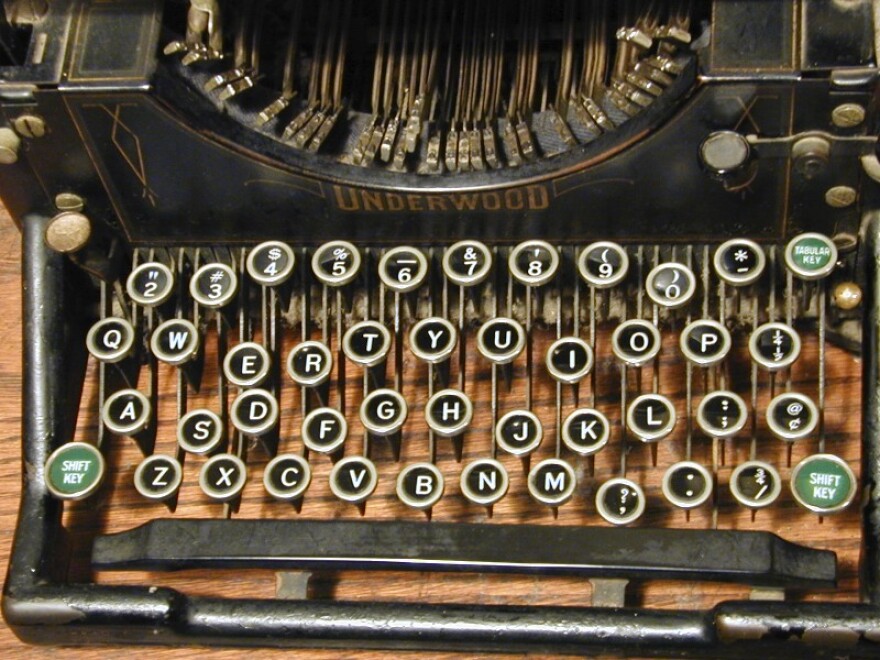At 19 years old, I am certainly a product of the digital age. All of my school writing pieces, from simple grammar assignments in elementary school to research papers at college, have been created, edited, and finished off on various computers. I can honestly say that I have never used a typewriter. In fact, I’m not entirely sure where I would find one, should I want to recreate the atmosphere of a 1980s newsroom that Robbie Hoenig evoked in her report about UNH’s purchase of new computers for their writing lab in 1987.
Hoenig spoke with UNH professor of English, Tom Newkirk, about the decision to shed the traditional methods of writing in favor of new technology—specifically, “Macintosh” computers. The general idea behind the change-up was to stay current with the technological advances, and to introduce students to a new work flow for writing papers. This new system would allow for more time spent on the content and quality of the paper, rather than the physical maneuvering of typewriters. To demonstrate what a change that created for students, Newkirk spoke about how he had to start imposing page limits on papers, rather than page minimums.

I found it thought-provoking to listen as Hoenig attempted to curb her skepticism of the technology that we sometimes take for granted. I tried relating to her reservation regarding the change by imagining someone telling me that the days of laptops and iPhones were over-- that something relatively unknown was about to make the technology I know and love, obsolete. With the image of a newsroom full of finicky typewriters and the noise they bring with them, I felt the same trepidation she did back in 1987.







